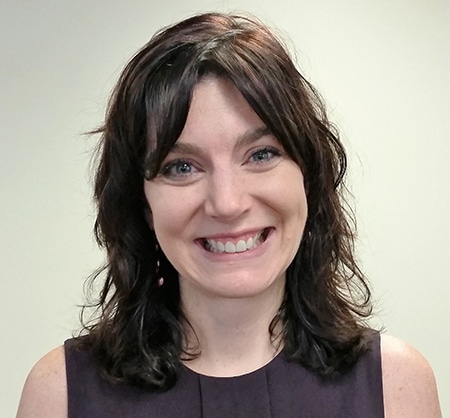Current Issue to Watch—No Opportunity School District—What Now?
Print This Post
by Dana Rickman
The most recent post in this blog space by Steve Dolinger, president of the Georgia Partnership for Excellence in Education, talked about the organization’s Top Ten Issues to Watch report. Today, we’re highlighting Issue 10—No Opportunity School District—What Now?
Last November, Georgia voters rejected a constitutional amendment to establish an Opportunity School District (OSD) that would have created a new state-run district with the authority to step in and manage ‘chronically failing’ schools. The obvious question was asked by many, “Where do we go from here?” That made this topic a must for the latest Top Ten edition.
The OSD-eligible schools were almost entirely comprised of poor, minority students. More than 90 percent of enrolled students participated in the free/ reduced price lunch program, and 95 percent were either black or Hispanic. Much of the root problems around chronically low-performing schools can be found in the impacts of poverty and a history of disinvestment in local communities.
Poverty is not just the context within which underperforming schools exist. It directly impacts the students, families, schools and broader community. Children exposed to stresses and traumas associated with poverty are at an exponentially higher risk of learning and behavioral problems than children who are not—51 percent vs. 3 percent.
Now that voters have rejected the idea of an OSD, over 68,000 students continue to attend the schools that would have qualified for state takeover. These schools had been identified as failing for at least three consecutive years, and many for far more. Therefore, the question remains: If an OSD is not an option to try and do something different, what is?
State Representative Kevin Tanner (R-9th), along with other fellow Republicans, has introduced a bill intended to answer that question, HB 338. You can read about the details of the bill here in Georgia Family Connection’s Connected to Public Policy newsletter.
While the debate over the OSD was contentious, nobody was arguing in support of the status quo. Everybody agreed that too many students had been stuck in low-performing schools for too long. The combative debate was over the correct approach to solve the problem.
Now that the constitutional amendment has been defeated, an important next step for Georgia is not to stop looking for something different, but explore ways to collectively solve the problem. In crafting HB 338, Tanner met with a variety of stakeholder groups, from state leaders to teachers, superintendents, and education advocates. The attempt was to bring together the contentious voices around the OSD debate and create a meaningful plan that would generate needed resources and capacity to tackle this complicated issue.
Will this proposal ultimately find broad bi-partisan and stakeholder support? Does it adequately address the complicated issues and challenges facing schools of concentrated poverty? It is too early to judge the answers to these questions as the first House Education Committee hearing on it was just held on Feb. 16. However, having the discussion around HB 338 is an important step in keeping the spotlight where it belongs—on the needs of Georgia’s students.
All stakeholders need to be involved in this discussion. I encourage you to find out more information from the Georgia Partnership’s Top Ten Issues and stay informed of legislative developments though GFCP’s Connected to Public Policy blog so that you can be an active participant.
 Dana Rickman, Ph.D., is policy and research director at the Georgia Partnership for Excellence in Education.
Dana Rickman, Ph.D., is policy and research director at the Georgia Partnership for Excellence in Education.
Check out part one of this three-part series, “The Top Ten Education Issues to Watch in 2017,” by GPEE president, Steve Dolinger.
